There are 3 main types of medications used to treat asthma:
- relievers (blue)
- preventers (orange or yellow)
- symptom controllers (green).
Relievers – blue coloured
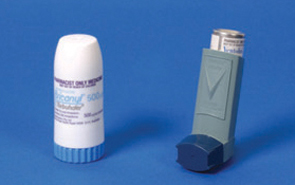
- Commonly called the blue puffer or blue reliever puffer – for example Ventolin.
- Work quickly – within a few minutes.
- Open the airways by relaxing the tight muscles. Gives quick relief from cough, wheeze and shortness of breath symptoms.
- Should be given only when needed.
Side effects – the ‘shakes’, a rapid heartbeat, hyperactivity in children. These side effects only last for a few hours.
Preventers – orange or yellow coloured
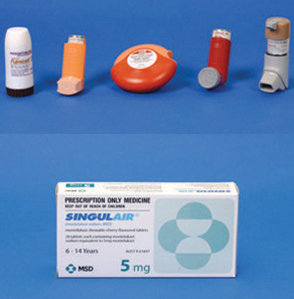
- Work slowly.
- Reduce the swelling and mucus in the airways and make the airways less sensitive or ’twitchy’.
- Must be taken every day as directed to work properly.
Side effects – hoarse voice, sore throat or thrush in the mouth (rarely seen in children due to the low doses used). Potential side effects can be reduced by using a spacer and rinsing your mouth out after use.
Montelukast preventer medication is available in tablet form. It is not a steroid.
It is used in mild to moderate asthma and seems to benefit children whose asthma is allergy or exercise based.
Symptom controllers – green coloured
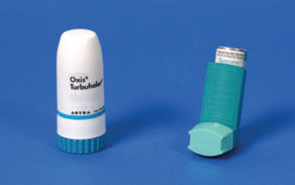
- Long acting medications to relieve symptoms of asthma.
- Work by opening the airways and keeping them open for 12 hours.
- Used in conjunction with preventers, usually as a combination inhaler.
Side effects – the 'shakes', a rapid heartbeat, hyperactivity.
Steroid medication
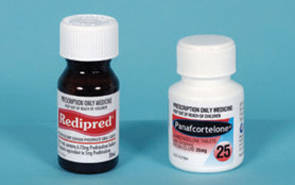
Steroid medication is used for severe asthma attacks which do not respond to regular reliever medication. This may come in tablet or liquid form.
These medications reduce the swelling and mucus in the airway. It takes about 4 hours for this to start working. Steroid medication is usually taken for 3 days.
In severe attacks, you may be given a longer course.
Side effects – increased appetite, weight gain, moodiness.
Combination inhalers – purple coloured, or red and white
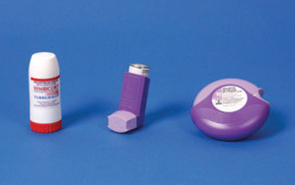
Combination inhalers combine a preventer and symptom controller in one inhaler device.